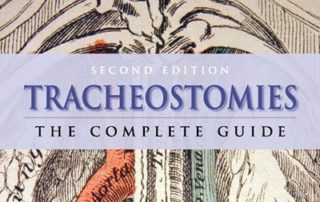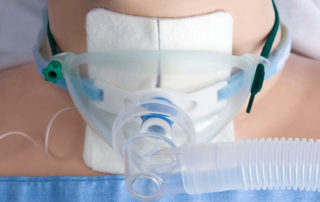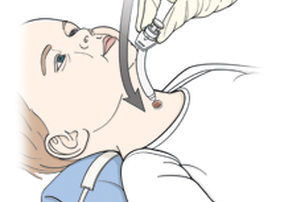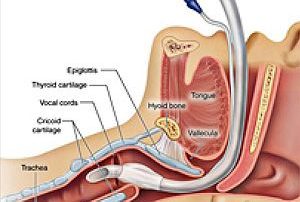Case Study: A 68-year old male presented to the Emergency Department with a progressively enlarging right neck mass, new dyspnea, dysphagia, and hoarse voice.
Tracheostomy is a commonly performed procedure indicated for facilitation of prolonged ventilatory support, relief of upper airway obstruction and management of secretions. Postoperative complications may arise and are associated with significant morbidity and mortality1. It has been shown that health care professionals lack knowledge in the management of displaced tracheostomy tubes.2 A 68-year old




